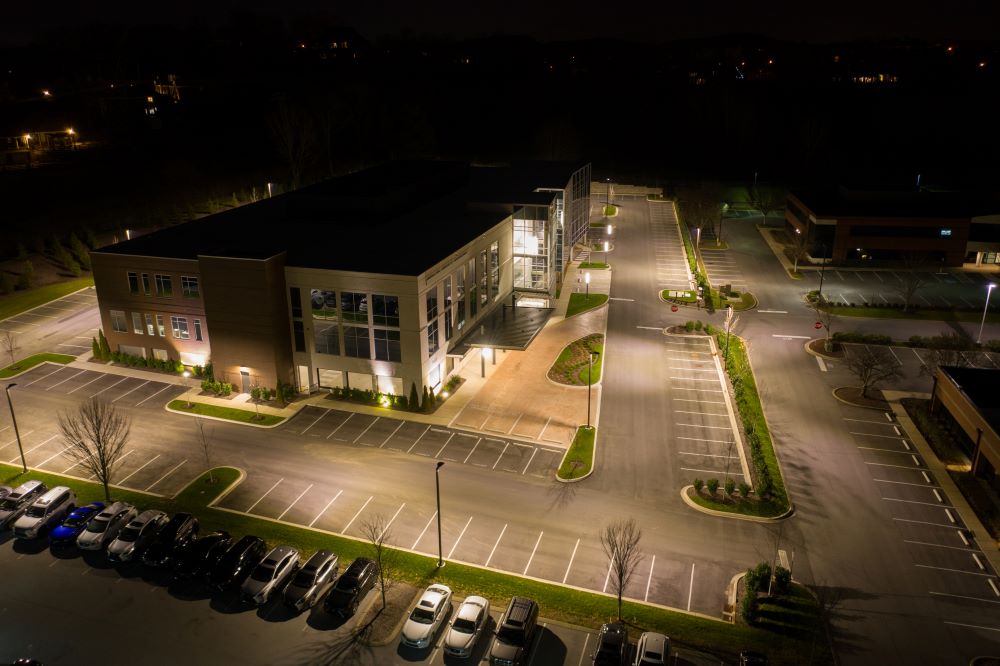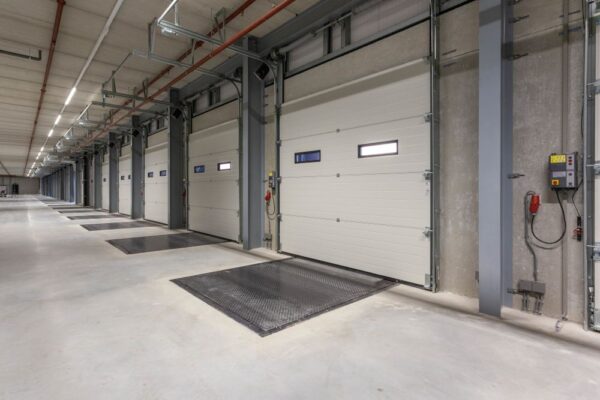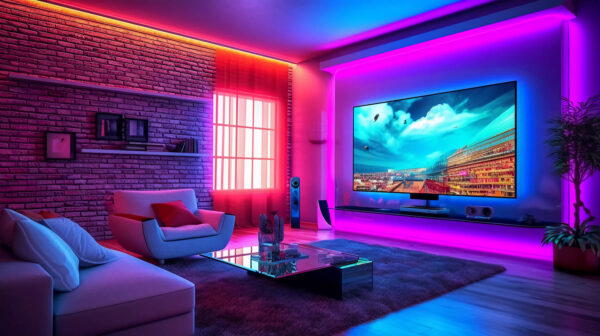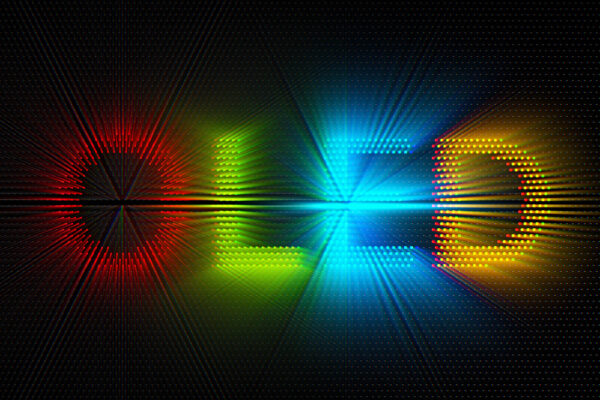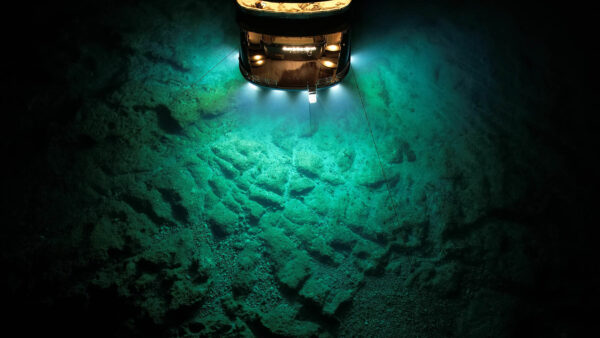Parking lot lighting may be one of the least glamorous applications of commercial artificial illumination, but a well-lit parking lot can set the stage for better customer interactions between those customers and your business. A customer or client who parks in a poorly-lit lot may well be in a less receptive mood to conduct business than one who starts his or her transaction in a brightly-lit, welcoming environment. You can assess the quality of your parking lot lighting by assessing a few of the lighting characteristics exhibited in your lot. This article provides tips for evaluating your parking lot lighting.
How to Evaluate Parking Lot Lighting
How intense or bright is your parking lot lighting?
You may be tempted to over-light your parking lot with very bright lighting, but the glare and light pollution from that lighting can be as off-putting as parking lot lighting that is too dim. Local building ordinances are increasingly critical of bright outdoor lighting that spills over into neighborhoods and interferes with surrounding businesses. Parking lot lighting is typically measured in units of “foot-candles” (“fc”), with most lots varying between 0.5 and 5 fc. Determine what is allowed in your geographic vicinity and aim for a consistent level of brightness across your lot.
Is your parking lot lighting uniform?
Trees, fences, and other stationary objects interfere with the uniformity of parking lot lighting, creating shadows and dark spots that have a potential to create anxiety among customers who park in your lot. If large portions of your lot are in shadows, you should consider reconfiguring your parking lot lighting to achieve better lighting uniformity.
Do your parking lot lights render color uniformly?
An artificial light source’s color rendering index (CRI) is its ability to render colors accurately and to give observers the best opportunity to see subtle color contrasts on objects and surfaces. Many traditional parking lot lighting systems, including mercury vapor and high-pressure sodium lights, provide poor color rendition and cause problems for parkers who are trying to distinguish color differences in your parking lot. Newer LED technologies for parking lot lighting provide better color rendering and enable your customers and clients to see everything more clearly in your parking lot.
Are your electricity utility bills too high?
Operating costs for outdoor lighting are high. Traditional parking lot lighting consumes substantial amounts of electrical energy, much of which is wasted as excess heat from high-intensity discharge (HID) lighting fixtures. LED parking lot lighting is significantly more efficient, and is capable of producing as much or more illumination as traditional parking lot lighting fixtures with less than 50% of the electrical energy input. You may be able to cut thousands of dollars per year off of your electricity bill by retrofitting to LED parking lot lighting.
Do you spend too much on maintenance and repair?
You can get more than 20,000 hours of service from a standard HID fixture, but if that fixture is scratched or subject to other mechanical stresses, its lifespan will drop and you will spend more time and money on maintenance and repairs. LED parking lot lighting is more durable, and with proper care can provide between 50,000 and 100,000 hours of service. If your maintenance costs are too high, LED parking lot lighting may be the answer.
More Tips for Evaluating Your Parking Lot Lighting
Proper lighting in parking lots is essential for safety, security, and overall customer experience. As technology continues to advance, upgrading your parking lot lighting to more efficient and effective options, such as LED, can bring numerous benefits. Now let’s provide you with valuable tips to evaluate your parking lot lighting and determine if it’s time for a retrofit to LED or other superior lighting technology.
- Assess Lighting Levels:
Begin by evaluating the current lighting levels in your parking lot. Are there areas that are excessively bright or dimly lit? Walk around the parking lot during different times of the day to identify any inconsistencies or areas where lighting may be inadequate. Proper lighting levels are crucial for visibility, safety, and deterring potential criminal activity.
- Consider Energy Efficiency:
Take a look at your existing lighting technology and assess its energy efficiency. Traditional lighting systems, such as metal halide or high-pressure sodium, are known for their high energy consumption. LED lighting, on the other hand, is renowned for its energy efficiency, converting a higher percentage of electrical energy into light rather than heat. By retrofitting to LED lighting, you can significantly reduce your energy usage and lower operating costs.
- Evaluate Maintenance Requirements:
Consider the maintenance demands of your current lighting system. Traditional lighting technologies often require frequent bulb replacements and ongoing maintenance, leading to increased labor costs and disruptions to parking lot operations. LED lighting has a much longer lifespan, meaning fewer replacements and reduced maintenance needs. Assessing your current maintenance requirements can help you determine the long-term cost benefits of an LED retrofit.
- Analyze Light Quality:
Light quality plays a vital role in parking lot environments. LED lighting offers superior light quality compared to traditional options. LEDs provide crisp, white light with excellent color rendering, allowing for better visibility and improved perception of objects and people. By enhancing the light quality in your parking lot, you can create a safer and more inviting atmosphere for customers and employees.
- Consider Environmental Impact:
Evaluating the environmental impact of your parking lot lighting is crucial. Traditional lighting technologies often contain hazardous materials, such as mercury, which can harm the environment if not properly disposed of. LED lighting is free from toxic substances and emits fewer greenhouse gases, making it a more environmentally friendly choice. By retrofitting to LED, you contribute to sustainability efforts and demonstrate your commitment to environmental responsibility.
- Explore Smart Lighting Controls:
Assess the feasibility of incorporating smart lighting controls in your parking lot. Smart lighting systems allow for advanced control and automation. Features like dimming, occupancy sensors, and scheduling can optimize energy usage by adjusting lighting levels based on demand. Smart controls provide flexibility and enable you to create customized lighting strategies for different areas of your parking lot.
- Calculate Return on Investment (ROI):
Determine the financial benefits of retrofitting your parking lot lighting. Calculate the return on investment (ROI) based on energy savings, reduced maintenance costs, and potential incentives or rebates offered by utility companies or local authorities. LED retrofits typically have a relatively short payback period due to energy savings and reduced operational expenses.
- Seek Professional Advice:
Consider consulting with a lighting professional or energy efficiency expert. They can conduct an on-site evaluation, provide lighting design recommendations, and perform an economic analysis specific to your parking lot. Their expertise will help you make an informed decision and ensure a successful lighting retrofit project.
By evaluating your parking lot lighting based on these tips, you can determine whether an LED retrofit or an upgrade to superior lighting technology is the right choice for your parking lot. Investing in modern lighting solutions will enhance visibility, improve safety, reduce energy consumption, and contribute to a positive customer experience. Upgrade your parking lot lighting and reap the benefits of efficient and effective illumination.
The Benefits of Upgrading Parking Lot Lights to LED
Parking lot lighting plays a critical role in ensuring safety, security, and overall customer satisfaction. If you’re still relying on outdated lighting technologies like metal halide or high-pressure sodium, it’s time to consider upgrading to LED. LED lighting offers a multitude of benefits that can significantly improve your parking lot’s performance and efficiency. Let’s explore the advantages of upgrading parking lot lights to LED:
Enhanced Visibility and Safety
LED lights provide superior visibility compared to traditional lighting technologies. They offer bright, uniform illumination, ensuring clear visibility of pedestrians, vehicles, and potential hazards throughout the parking lot. Improved visibility enhances safety, reduces the risk of accidents, and creates a secure environment for employees, customers, and visitors.
Energy Efficiency and Cost Savings
One of the primary advantages of LED lighting is its remarkable energy efficiency. LED bulbs convert a higher percentage of electrical energy into light, minimizing wasted energy as heat. By upgrading to LED parking lot lights, you can achieve significant energy savings, often up to 50-70% compared to traditional lighting technologies. This energy efficiency translates into substantial cost savings on your utility bills, allowing you to allocate funds to other areas of your business.
Longevity and Reduced Maintenance
LED lights have an exceptionally long lifespan compared to conventional lighting options. LED bulbs can last up to 50,000 hours or more, significantly longer than metal halide or high-pressure sodium bulbs. This longevity reduces the frequency of bulb replacements, lowering maintenance costs and minimizing disruptions to parking lot operations. With LED lights, you can enjoy years of hassle-free operation and reduced maintenance efforts.
Improved Color Rendering
LED lighting provides excellent color rendering, allowing for accurate perception of objects and surroundings. Compared to traditional lighting sources, LED lights offer higher color rendering index (CRI) values, resulting in more vibrant and natural colors. This is particularly beneficial for parking lots where accurate identification of vehicles, signage, and other objects is crucial.
Instant-On and Dimming Capabilities
LED lights offer instant-on functionality, providing immediate full brightness when activated. This ensures a well-lit parking lot without any warm-up time, eliminating dark spots and improving safety during early morning or evening hours. Additionally, LED lights are compatible with dimming controls, allowing you to adjust lighting levels as needed. Dimming capabilities provide flexibility to create different lighting scenarios, conserve energy during low-demand periods, and customize lighting based on specific areas or events.
Environmentally Friendly
LED lighting is a greener and more environmentally friendly lighting solution. Unlike traditional lighting technologies, LED lights do not contain hazardous substances such as mercury or lead. They emit fewer greenhouse gases, reducing carbon emissions and minimizing their environmental impact. By upgrading to LED, you contribute to sustainability efforts and demonstrate your commitment to eco-friendly practices.
Compatibility with Smart Controls and IoT Integration
LED lighting seamlessly integrates with smart controls and Internet of Things (IoT) platforms. By incorporating smart lighting controls, you can take advantage of advanced features such as occupancy sensors, daylight harvesting, and automated scheduling. Smart controls optimize energy usage, increase operational efficiency, and allow for remote monitoring and management of your parking lot lights.
In conclusion, upgrading parking lot lights to LED offers a wide array of benefits, including enhanced visibility, energy efficiency, cost savings, reduced maintenance, improved color rendering, instant-on functionality, environmental sustainability, and compatibility with smart controls. By making the switch to LED, you can create a safer, more energy-efficient parking lot while positively impacting your bottom line. Invest in LED technology and enjoy the advantages of modern lighting for your parking facility.

